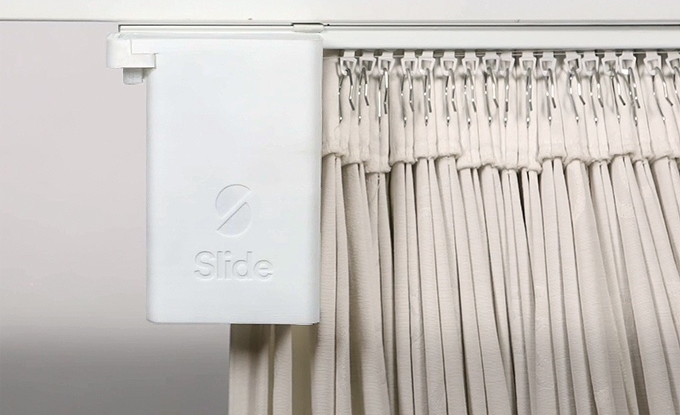It’s truly a marvel just how powerful the smartphones in our pockets are. Contained within their impossibly slim frames is the type of power that only absurd amounts of money could’ve bought just ten years ago. This type of power has penetrated the world much faster than traditional computers have because of their low cost and small size. At the end of the day, though, a smartphone will be a smartphone. Sometimes, a larger screen is needed for work or play.
The Andromium OS was created to give Android handsets the opportunity to live not only in your palm, but on a separate monitor too. A lightweight, proprietary app along with an HDMI dock for the smartphone itself work together to create an environment where real work can get done with just a few taps. What users are offered is not just a reproduction of the smartphone’s screen, but also a totally separate, full desktop experience. This way, spreadsheets and presentations can be created alongside games in progress, all in their own windows like a traditional computer.
Regular Android apps will continue to run in the back without having to worry about the phone’s battery because the dock doubles as a charging station. The standard $29 package includes the HDMI docking station and a serial number for the Andromium app from the Google Play Store. The $35 Expended Edition also includes a dock, but this one works for other popular Android phones. The product is expected to ship in February 2015 and has a campaign goal of $100,000.
As mentioned before, the Andromium OS is not solely focused on those who already have connected devices, but rather those who only have a smartphone. Another product that has tackled a similar approach is the TinyStic, but it doesn’t offer a full desktop like Andromium does. Both of these platforms, though, already need the type of income that can afford a decent screen, keyboard, and mouse, necessities that may hamper their success.

